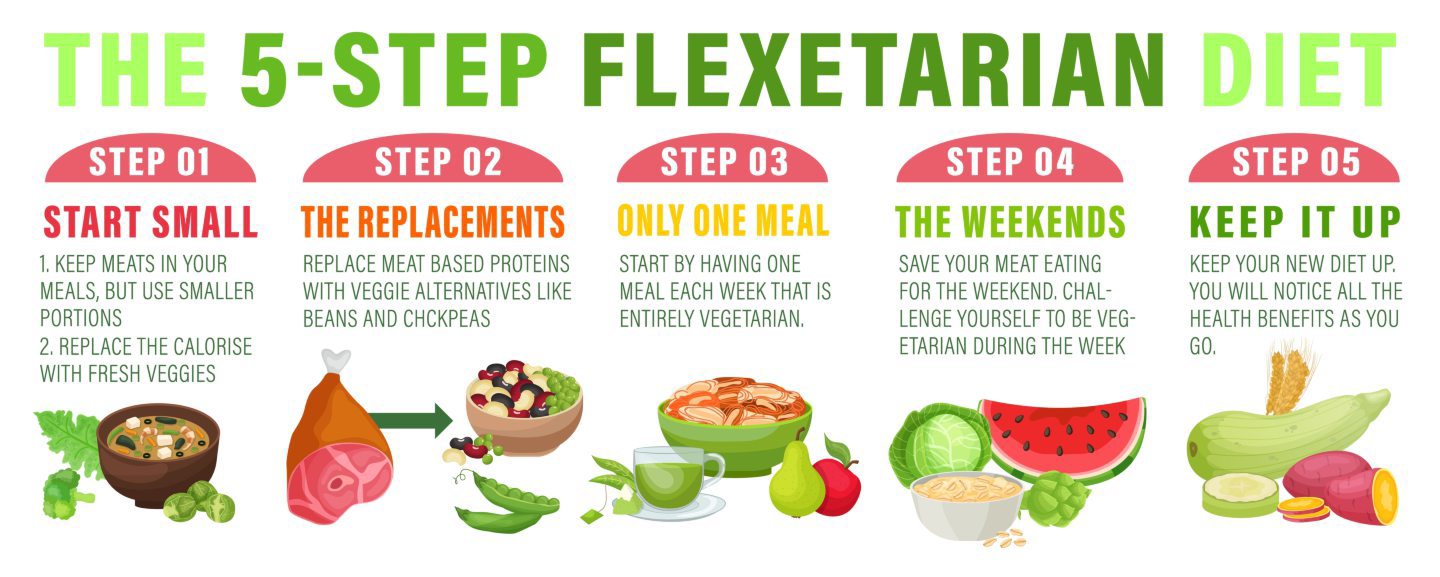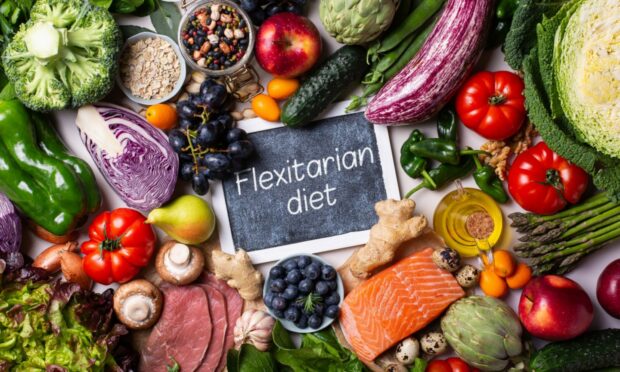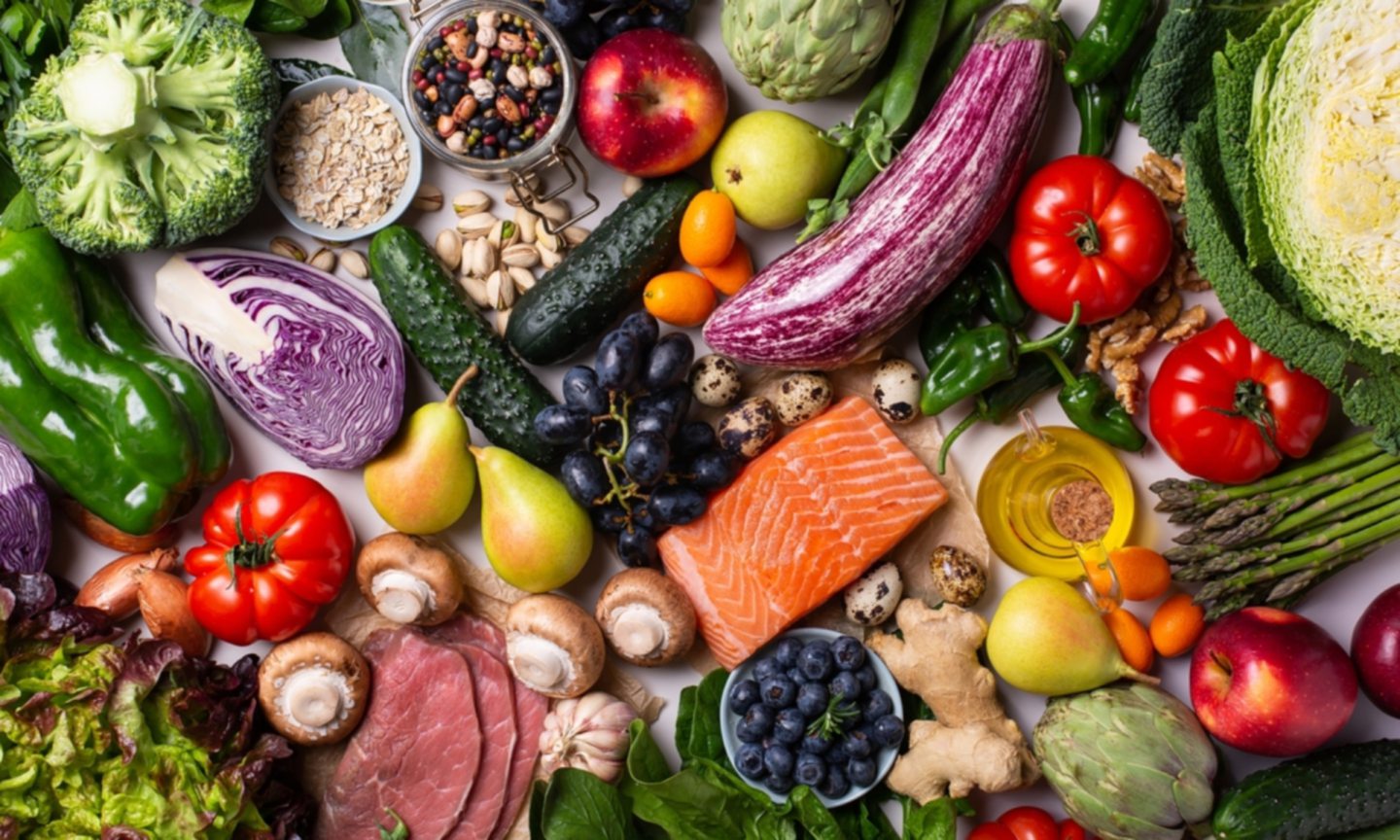With food becoming more expensive due to the current cost of living crisis, everyone is looking to reduce their outgoings and cut costs where they can.
When it comes to food, the pandemic very much inspired us all to cook at home more, and, as a result, individuals were able to save a bit more as they weren’t dining out as much.
In an attempt to try and reduce overall spending, many are giving up meals out and their morning coffee from cafes, and some are even looking to their shopping carts to see where they save.
The general price of food has increased in the region of 20-50%, however, these costs can only be avoided by making smart purchases.
Vegetarian and vegan diets require purchasing lots of fruit and vegetables, and lots of nuts, pulses and other things like meat alternatives which can prove costly at times.
While meat eaters will more likely be forking out for fresh poultry, meat and seafood.
So for those who do enjoy meat, a flexitarian diet may worth considering as this will allow you the option to still enjoy meat while filling up on plenty of veg that will be a little lighter on your bank balance.
What is a flexitarian diet?
A flexitarian diet is when an individual follows a veggie or vegan diet but does not entirely eliminate consuming meat products.
The level to which this is followed is entirely up to the individual, where some people only eat meat at the weekend or when they dine out.
By making this shift many followers of the diet will consume lentils, beans, peas, nuts and seeds to ensure they are receiving their required levels of protein.
And since many of these foods can be purchased in bulk for a considerably lower price than premium meat products, the raw materials can be used over a longer period of time and have a longer shelf life.
Once the food is cooked it will have a longer fridge life than meat dishes, too, meaning it can be made for meal times in advance.
Tips on how to be a flexitarian
According to Healthline, the following principles can help with implementing a balanced diet:
- Consuming mostly whole grains, vegetables, fruits and legumes
- Focusing on protein from plant sources rather than animal ones
- Incorporating meat from time-to-time as a supplementary protein source
- Eating less processed foods and consuming them in their natural form
- Limiting added sugar and sweets

According to NHS this type of diet is very sustainable, as long as energy levels are maintained through the necessary amounts of proteins, carbohydrates and fats from different plant-based sources.
Why not try working towards a flexitarian diet to see if the cost of your weekly shop differs from your usual?
Let me know in the comments if you noticed a difference in the cost of your shopping and how you are feeling after eating more non-meat products.
Mariam Okhai is a food and drink journalist who also researches food behaviour.
She has a Masters in Behavioural Science for Management from the University of Stirling. Her undergraduate degree was in Psychology and Business Economics with Marketing.
She is also a certified habit coach.
You can find out more about her research on her Behavioural Foodie website.












